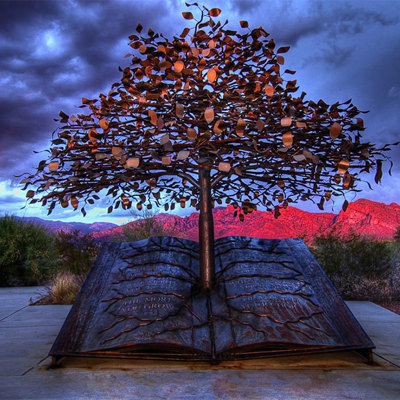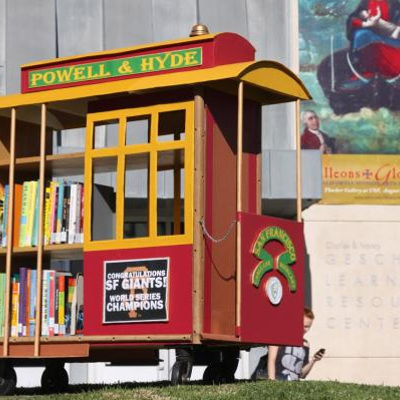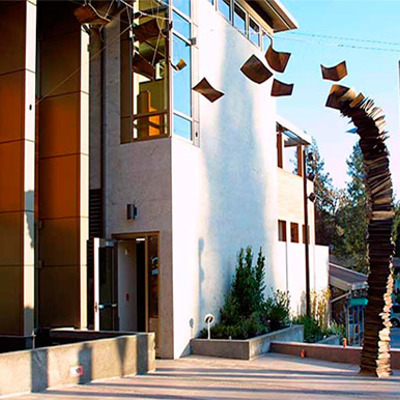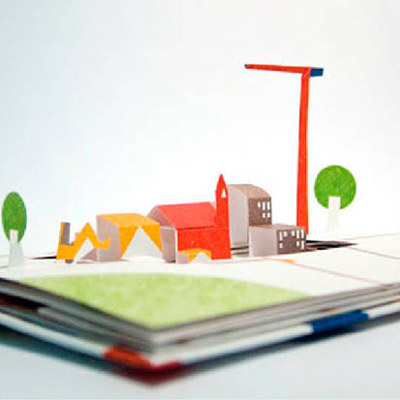Perfumery is a complex and arcane art and never more so now that science is able to manufacture synthetic scents. You can smell of everything nowadays from an entire hog roast to a gently perspiring unicorn.
Readers often say that they love the scent of old books. "A combination of grassy notes with a tang of acids and a hint of vanilla over an underlying mustiness” is how an international team of chemists describes the particular smell of decaying tomes.
However there is no need for e-book readers to despair. Or libraries without a Book Fund. There’s now a range of aerosols to lend any space a smell of new books. Is it a spoof?
The New Book aerosol prompted thoughts about about libraries and how they smell. Opening the Book has visited quite a few where the weapon of choice is Floral Haze, liberally sprayed after (and sometimes during) the visit of particular patrons.
That approach works by stunning visitors’ olfactory senses into a coma, so they smell nothing for weeks - but it must help staff who work there.
How would you describe the bouquet of your local library? One visitor to a library currently in a temporary building, said that the vertical accord would comprise a strident base note of creosote, a heart of damp carpet and a top note of stale urine.
Scent marketing has moved on since the days of supermarkets wafting undercurrents of freshly brewed coffee and just-baked bread to tempt the peckish into buying the first vaguely edible thing that they see. Would a waft of pina colada influence you to linger?
Perhaps libraries could increase their allure for visitors by the judicious use of scent? Increase the range of books browsed and borrowed by the use of targeted aroma zones?
Your library could be ambitious and imbue the history section with the scent of the floors of the Mirror Ballroom of Versailles.
Although you might be raising customer expectations a bit too high.
Or perhaps you could whisk browsers in the fantasy section onto the set of The Lord of the Rings with the essential smell of the entire country of New Zealand - unless you are reading this in New Zealand of course – in which case you only need to open the window!

Public art is often commissioned for public libraries. Large library buildings offer the urban space to make a big statement at the entrance or in the foyer. The art has to live up to the expectations of the city – they are very prestigious and very visible.

Library book trolleys - book carts in the US – come in a variety of styles but the majority do one thing but nothing much else. Great for moving a load of books from A to B – they are large, cumbersome and inflexible when not in use.

Libraries are the place where ideas begin. Many of the best ideas, artistic leaps, inventions and breakthroughs have been inspired by the contents of public libraries and yet, like many of the vital contributions that the library makes to the wider community...

Pop Up books were first published for adults. The first evidence of a movable book was in1306 when Catalan writer Ramon Lull used a revolving disk to demonstrate his technique. Books on anatomy used folding flaps, landscape design books demonstrated ...

Amazon’s customer reviews and suggestions are widely used and can be quite helpful if taken in balance. However, because of the way people often make book purchases, the adjacencies (people who bought this also bought….) don’t always reflect personal reading tastes.